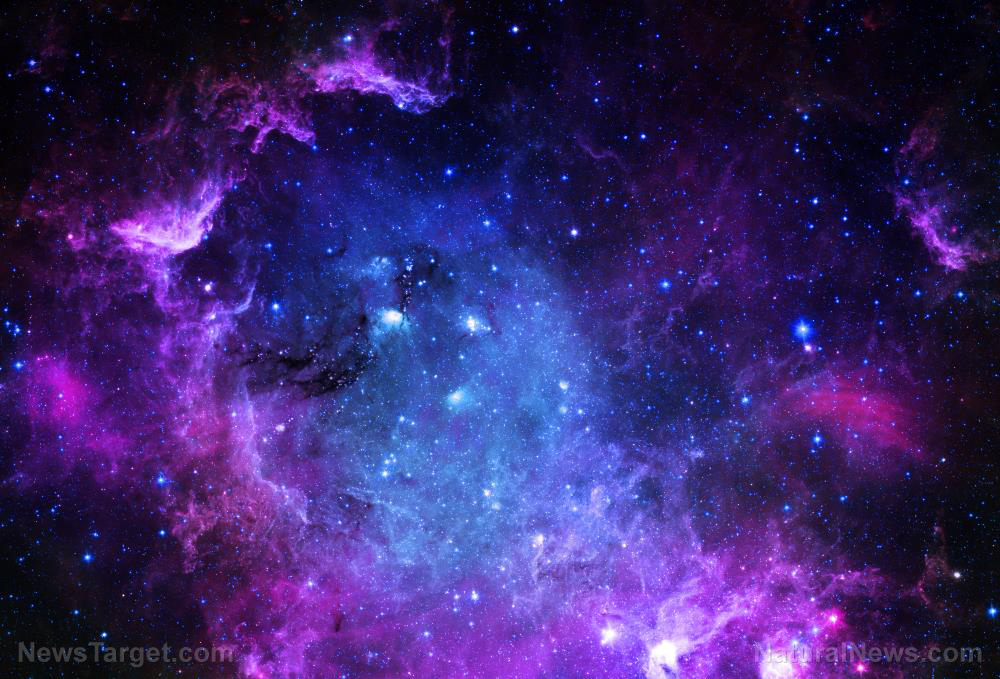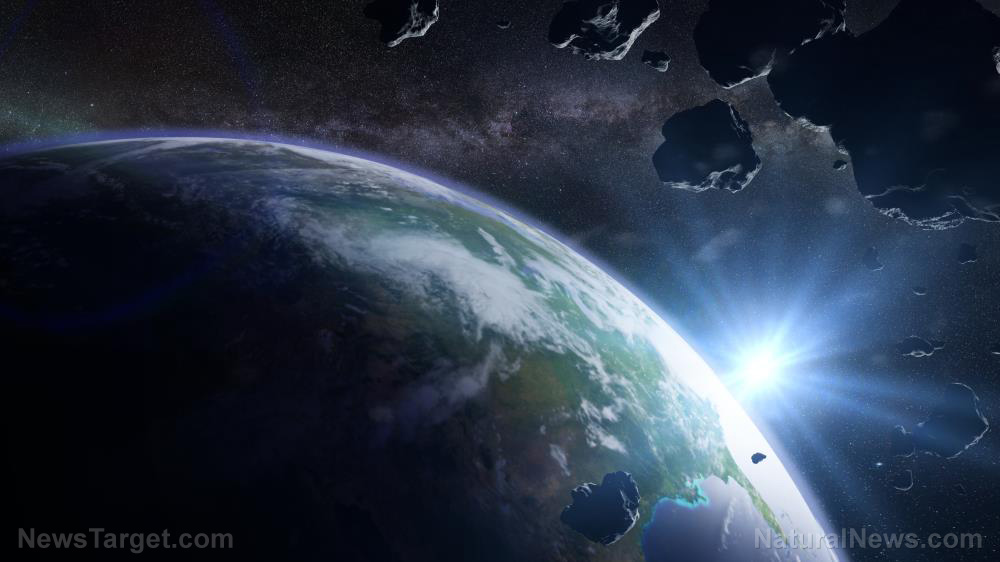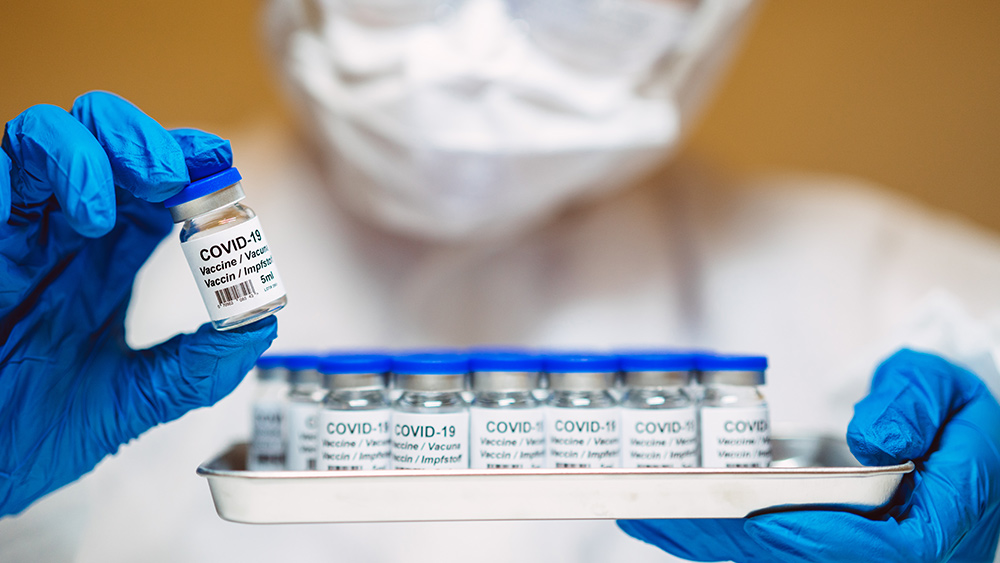 Parler
Parler Gab
Gab
- The Vera C. Rubin Observatory in Chile released its first cosmic images, revealing nebulas, galaxies, and thousands of new asteroids using the world’s largest digital camera.
- The observatory will begin a 10-year survey in July, mapping 20 billion galaxies and studying dark matter, dark energy, and cosmic changes in real time.
- Initial test images detected 2,104 previously unknown asteroids, far exceeding typical annual discoveries, with millions more expected in the first two years.
- The project’s open-access data will allow global researchers and citizen scientists to explore the universe without bureaucratic restrictions.
- Rubin’s camera, built over 20 years, can capture vast cosmic regions in a single shot, revolutionizing our understanding of space and potential planetary threats.
A glimpse into the cosmic unknown
The observatory’s initial test images, taken in just 10 hours, reveal the Trifid and Lagoon nebulas — stellar nurseries thousands of light-years away — along with the sprawling Virgo Cluster of galaxies. But the real shocker? The camera detected 2,104 previously unknown asteroids, including seven near-Earth objects (none of which pose a threat). For context, ground telescopes typically spot about 20,000 asteroids annually. Rubin is expected to uncover millions in its first two years alone. “NSF-DOE Rubin Observatory will capture more information about our universe than all optical telescopes throughout history combined,” said Brian Stone, National Science Foundation Chief of Staff. The camera’s sheer power — able to cover an area equal to 45 full moons in a single shot — means it can spot faint, fast-moving objects other telescopes miss.The greatest cosmic movie ever made
Rubin’s primary mission, the Legacy Survey of Space and Time (LSST), will scan the entire southern sky every three nights for 10 years, creating a dynamic “movie” of the universe. This isn’t just about pretty pictures; it’s about tracking changes — supernovas, asteroid movements, and galactic collisions — in real time. “If something in the sky moves or changes, Rubin will detect it and distribute the information in real time to the entire world,” said Sara Bonito of the LSST Discovery Alliance. The survey will also probe dark energy and dark matter, invisible forces that make up 95% of the universe but remain poorly understood. Vera Rubin, the observatory’s namesake, first uncovered evidence of dark matter in the 1970s. Now, her legacy could finally crack its code. Its findings will be publicly accessible, empowering citizen scientists and independent researchers to verify discoveries for themselves. No bureaucratic filters, no corporate spin — just raw, unfiltered cosmic truth. Consider the implications: Rubin’s asteroid tracking could one day alert humanity to a real planetary threat, free from the delays of red tape. Its dark energy research might upend mainstream physics theories, challenging entrenched academic dogma. As Dr. Aaron Roodman of Stanford’s SLAC Lab noted, Rubin will let us “see the universe in a new way” — a reminder that genuine discovery thrives when free inquiry is unfettered.A technological marvel with humble roots
The observatory’s car-sized camera, assembled over two decades, is a triumph of human ingenuity. Located in Chile’s arid Andes, the site offers crystal-clear skies ideal for observation. Yet the project’s real genius lies in its democratizing vision. Unlike elite telescopes reserved for a select few, Rubin’s data will be open to everyone: students, amateur astronomers, and curious minds worldwide. “Rubin will produce a true multi-colored movie of the sky,” said Bonito. That movie won’t just entertain; it will expose the universe’s hidden mechanics, from colliding galaxies to the birth of stars. Already, its preview images reveal details invisible to other telescopes, like faint gas clouds in the Trifid Nebula. With first light scheduled for July 4 in a fitting nod to independence, Rubin’s full survey will commence later this year. The potential discoveries are limitless: new asteroid threats, unknown celestial phenomena, and even clues to humanity’s place in the cosmos. Sources for this article include: NTD.com CNN.com Space.com APNews.comGroundbreaking study exposes EPA’s failure to protect babies from NITRATE contamination
By Ava Grace // Share
By Evangelyn Rodriguez // Share
MIT’s atmospheric water harvester breaks barriers in world’s driest regions
By Willow Tohi // Share
Governments continue to obscure COVID-19 vaccine data amid rising concerns over excess deaths
By patricklewis // Share
Tech giant Microsoft backs EXTINCTION with its support of carbon capture programs
By ramontomeydw // Share
Germany to resume arms exports to Israel despite repeated ceasefire violations
By isabelle // Share










